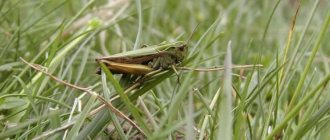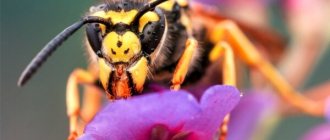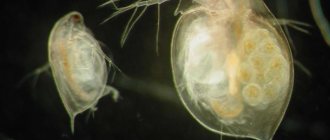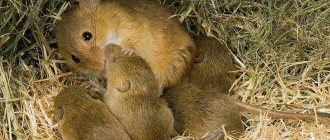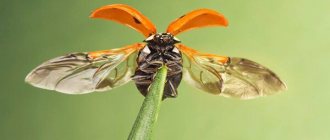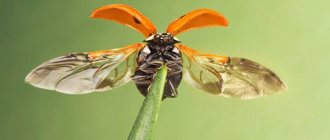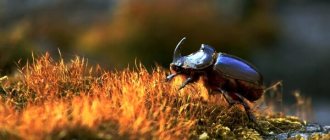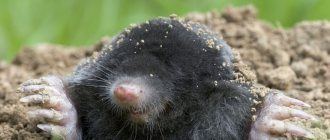- October 14, 2018
- Hunting
- Elena Motrenko
Wild boar (boar) is a large wild animal, a desired trophy for many hunters. When engaging in such fishing, you need to be extremely careful, since the animal is very strong and quite cunning. Killing a boar is not an easy task. Those hunters who succeeded consider the victory over him one of their most significant achievements.
The boar is very smart. His tactic is to lure a person into hiding, and then surprise him from hiding.
Description
Wild boar in its natural habitat
Before the Ice Age, there were several families of artiodactyls with certain characteristics. But only one has survived to this day, to which scientists gave the name “real pigs.”
Now this family is divided into five genera:
- the babirusa lives on the island of Celebes;
- Warthogs are common in Africa;
- the long-haired pig has adapted to the tropical climate;
- Wild boars live in Europe, Asia and Africa.
The latter genus lives in many places on Earth and is divided into three main species:
- the common wild boar, found in most countries;
- in the Himalaya mountain range there is a pygmy pig;
- The bearded pig is common on the Celebes Islands, the Philippines, Java and Sumatra.
It is these three species that now represent wild boars on Earth, and they are also divided into different subspecies, depending on their habitat. Their appearance may differ, but their habits and lifestyle are largely the same.
Habitat
Where does the wild boar live? Initially, these animals were seen in the countries of Asia, Europe, and North Africa. Afterwards they appeared on the islands of Britain, Java, Sumatra and many others. Today they live in the forests of Siberia, in some areas of the Irkutsk region, as well as the Krasnoyarsk Territory. You can also meet him in the Moscow region.
The boar's habitat is tropical, mountain forests with high humidity. In our country, it is attracted to oak forests and marshy areas.
Appearance and features
Body structure of a wild boar
A wild boar is visually similar to a pig, but due to harsher living conditions it has characteristic differences. Adults have a massive body covered with hair. Beneath it are hidden strong and durable muscles that can withstand high loads.
The body is round in shape, supported on short legs. At the back there is a small tail covered with sparse hair. Due to the narrow pelvis and wide sternum, the boar looks like a barrel.
The head is connected to the body by a wide neck.
The head is elongated, with high-set eyes. The nose is located above the mouth in the form of a dark spot. At the level of the forehead, at the edges, there are ears sticking up. Long fangs grow at the edges of the mouth, which are the main distinguishing feature of wild boars from other pigs. They help tear up soil and foliage to search for food, and are also used for defense and attack. Interesting fact : adult boars' tusks can grow up to 25 cm in length.
Their average length is 15-17 cm. The hair of wild boars is hard and unpleasant to the touch. The color depends on the place of residence of the individual. Color varies from gray to dark brown. Those species that live in cool areas acquire thicker fur with the onset of winter, which allows them to survive in the snow.
The animal grows up to a meter in height and up to two meters in length. Due to their massive body, wild boars have a large mass, which in adult individuals averages 150-200 kg, but especially developed ones can weigh up to 300 kg. Males grow much larger than females.
For Russia, wild boars are not uncommon. The country is home to five subspecies with unique appearance features:
- Central European wild boars are small in size and have dark skin;
- The Ussuri has large dimensions, but the main distinguishing features are small ears and white fluff under the nose, reminiscent of a mustache;
- the Caucasian has light fur and a large head;
- Transbaikal - a small animal with a brown color;
- The Central Asian has light hair on the body and dark hair on the legs.
Despite the visual differences between the species, it is always easy to see that they belong to the wild boar family.
Head
The elongated front part of the skull with a powerful upper jaw allows the animal to dig in the ground to get food. The bow ends with a powerful snout, which carries out the main work of loosening the soil. It has a very rigid border, which helps to find food.
The boar has 44 teeth: 12 incisors, 28 molars and 4 canines. With strong teeth the animal grabs prey, holds it and chews it. They easily eat nuts, rhizomes, bones - everything that wild boars eat. Boar tusks deserve special attention. In mature individuals, they reach a length of 25 cm. With their help, the animal finds food by digging up soil to extract plant roots. In addition, they are used in defense against wolves and bears.
Interestingly, fangs begin to develop in piglets in the womb and in newborn piglets they are ready to perform their function.
Where does the wild boar live?
Wild boar habitat
Boars adapt well to any weather conditions. Some subspecies feel comfortable in tropical climates, while others prefer cool weather. Many wild boars choose forested areas, and they can live well in oak, coniferous and other groves. Some individuals live in mountain ranges and near swamps.
Wild boars can be found in North Africa, Asia, and Eurasia. Their range extends from the Ural Mountains to the Atlantic Ocean. Also, some species willingly inhabit different islands.
In the past, the habitat of this animal was many times larger. But with the advent of man on the planet, it decreased significantly. For example, in England the animal was completely exterminated by local hunters, and now not a single individual lives there.
Interesting fact : people brought wild boars to North America for the purpose of conducting one-time hunts, but the animal took root well and is still increasing its population in these lands.
In any of the territories, regardless of environmental conditions, the wild boar takes root well and feels at home. This once again emphasizes the versatility of the beast in terms of adaptation and survival.
Interesting: Wolf
